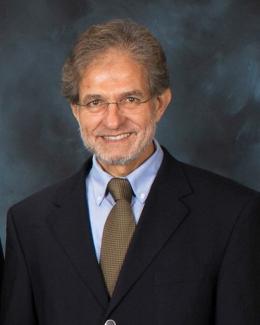Abstract
Neutralization of the bio-oil pH has been shown to generate a neutralized bio-oil aqueous phase (NBOAP) that includes most of the acidic components and a neutralized bio-oil organic phase (NBOOP) that includes hydrophobic organics, such as phenols. NBOOP can be used for fuel production, while NBOAP can be fed to microbial electrolysis cells (MECs) for hydrogen production. After pH neutralization, some organic acidic components remain in NBOOP. This work is focused on capturing acidic compounds from NBOOP through water extraction and electrosorption, and demonstrating hydrogen production via MECs. Capacitive deionization (CDI) is proven effective in capturing ions from NBOOP-contacted water and NBOAP via electrosorption. Captured acidic compounds enable the MEC application to effectively produce renewable hydrogen. Chemical oxygen demand (COD) removal of 49.2%, 61.5%, and 60.8% for 2, 4, and 10 g/L-anode/day loading were observed, corresponding to a total COD degradation of 0.19 g/L, 0.79 g/L, and 1.3 g/L, respectively. A maximum hydrogen productivity of 4.3 L-H2/L-anode/day was obtained. Major compounds in the water phase such as fatty acids, sugar derivatives, furanic and phenolic compounds were converted to hydrogen with an efficiency of 80–90%. This approach may lead the entire biomass pyrolysis process to be an overall carbon-neutral process.



